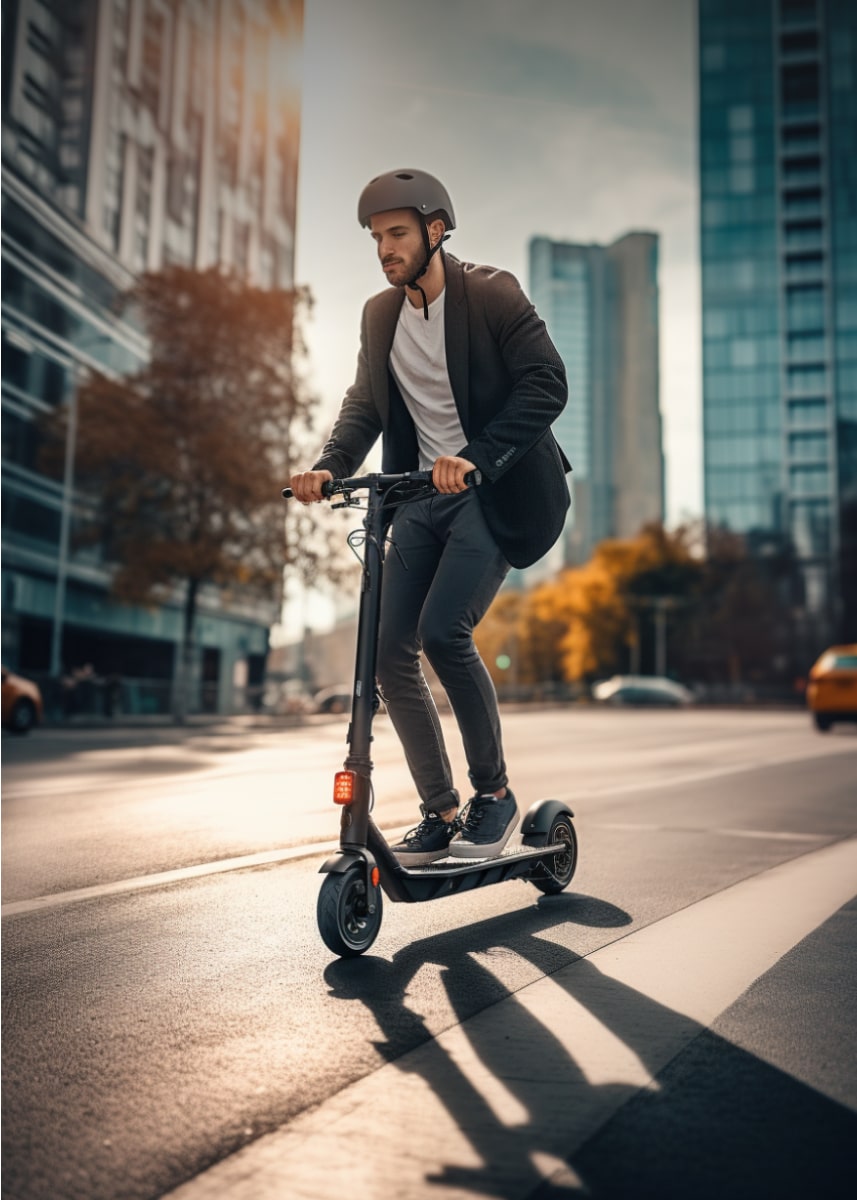Psychoacoustics and the effect of sound on a person
According to Cochlea.eu, psychoacoustics combines the study of acoustics and auditory physiology to determine the relationship between a sound's characteristics and the auditory sensation that it provokes.
Essentially, vibrations from a sound enter the ear and are transformed into electrical signals by the vestibulocochlear nerve before being transmitted to the brain. Since hearing is our primary warning mechanism, sound affects us physiologically, psychologically, and behaviorally in powerful ways. A sudden sound kickstarts a series of reactions where the body releases stress hormones like cortisol, adrenaline, and norepinephrine, which increases heart rate and quickens breathing. Prolonged exposure to traffic noises has a detrimental effect on sleep quality which can provoke health hazards such as chronic fatigue, headaches, and cardiovascular disease.
Electric Vehicles sales are rapidly growing worldwide due to their ability to drastically reduce noise pollution. However, their presence on city roads has created a different set of problems. The low levels of noise generated by electric vehicles at low speeds could become a new risk factor for road users. A sudden sound is our body's alarm system that protects us from immediate danger. The noiselessness of electric vehicles makes it difficult to alert pedestrians to their presence, making accidents even more likely.
Undoubtedly, this poses danger!
Pedestrians and cyclists heavily rely on traffic sounds to stay alert to their surroundings. Road workers can let their guard down if they don't hear a vehicle approaching from a distance. Electric vehicles, including electric cars, electric scooters, mopeds, and buses, run quietly and present a threat when it comes to warning pedestrians, especially young children, senior citizens, animals, and particularly those with hearing or visual impairments.

A US federal safety standard announced by the National Highway Traffic Safety Administration mandates new electric vehicles to emit an audible sound when traveling at less than 19 mph. The rule stems from the subtext that silence is dangerous. According to one NHTSA study, pedestrian accidents are 37 percent more likely in electric vehicles than in conventional cars. As per the law, cars are required to be equipped with an Acoustic Vehicle Alert System (AVAS), a pedestrian safety system that produces sounds when the vehicles are being driven.





